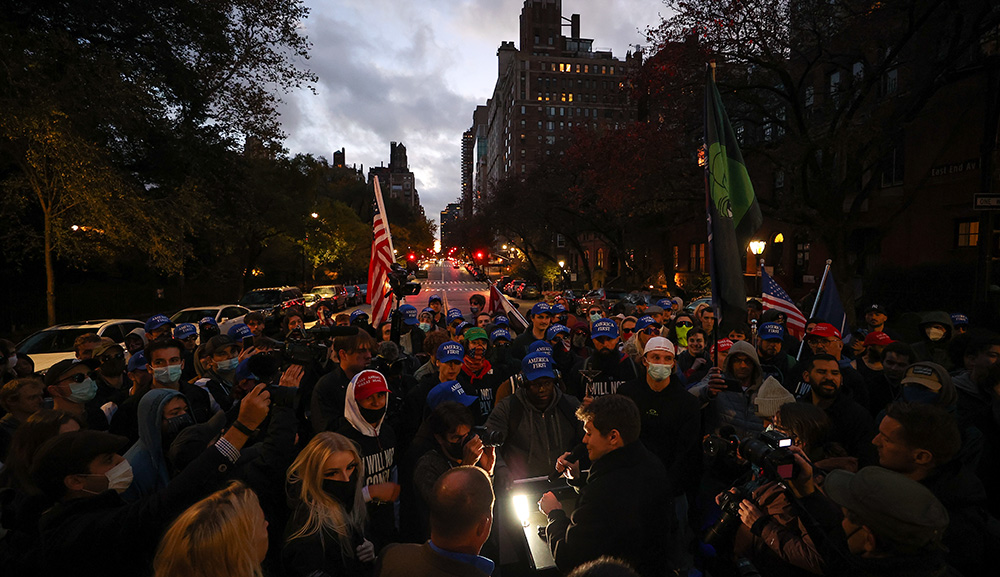Established in 1516, Venice’s walled-off Jewish quarter would give its name to, and provide a model for, scores of similar zones in cities throughout Italy and Germany that decided Jews simply couldn’t be allowed to live among Christians. The 500th anniversary of its founding has occasioned celebrations and commemorations in the city, including an elaborate exhibit that will be on display in the summer and fall. David Laskin writes:
When the ghetto was at its height in the 17th century, 5,000 Jews from Italy, Germany, France, Spain, and the Ottoman empire carved out tiny, distinct fiefs, each maintaining its own synagogue, all of them crammed into an acre-and-a-quarter of alleys and courtyards. Confinement was a burden, but it also provided an opportunity for cultural exchange unparalleled in the Diaspora. . . .
Jewish merchants and bankers were vital to the flow of commodities [through the city during its commercial golden age], but as Venice declined, the Jewish presence dwindled. By the outbreak of World War II, Jewish Venice had shrunk to 1,200 residents. Today, with the city’s total population hovering around 58,000 (down from 150,000 before the war), there are about 450 Venetian Jews left, only a handful of them residing in the [former] ghetto.
More about: Anti-Semitism, Ghetto, History & Ideas, Italian Jewry, Renaissance, Venice


